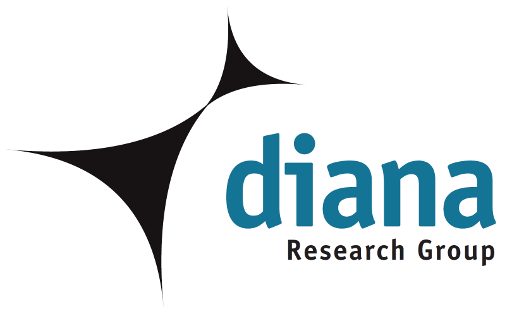SONIX: Redefining Sonic Interaction in Extended Reality
Funding Program: 2023 Call for “Proyectos de Generación de Conocimiento”
Duration: 40 months (Sep 2024 – Dec 2027)
Principal Investigator: Arcadio Reyes-Lecuona
Research team: Luis Molina-Tanco, Fabián Arrebola-Pérez, Eduardo Pérez-Rodríguez, Antonio Díaz-Estrella, María Cuevas-Rodríguez, Daniel González-Toledo, Pablo Gutiérrez-Parera
Overview
The SONIX project focuses on advancing the realism and immersion of 3D audio rendering in Extended Reality (XR) environments. By leveraging psychoacoustics and auditory models, SONIX aims to refine auditory experiences for applications in Virtual Reality (VR) and Augmented Reality (AR). The project addresses core challenges in simulating interactive audio with six degrees of freedom (6DoF) while ensuring real-time, low-latency processing.
Key Goals
- Improve Plausibility in XR Auditory Experiences:
Investigating room acoustics, early reflections, and seamless integration of real and virtual sound sources. - Explore Dynamic Psychoacoustics:
Analyze the impact of head and source movement cues on sound localization. - Optimize Latency:
Evaluate the influence of latency on user perception in interactive environments. - Enhance Source Directivity Modeling:
Develop methods to replicate source characteristics dynamically during user navigation. - Refine Rendering Tools:
Evolve existing open-source libraries like the 3D Tune-In Toolkit and integrate findings into the Binaural Rendering Toolbox (BRT).
Methodology
The project employs experimental studies in psychoacoustics, leveraging tools developed in prior projects. Its focus is on perceptually informed models, ensuring computational efficiency without sacrificing auditory realism. These studies will directly enhance open-source tools, fostering reproducible research in spatial audio.
Expected Impact
- Scientific Advancements: New auditory models and algorithms for XR applications.
- Open Tools: Updates to the BRT library, making it a reference for psychoacoustic research.
- Community Outreach: Sharing results with the academic and industrial communities through open-access publications and conferences.
For more details, visit:
3D Tune-In Toolkit Repository
Binaural Rendering Toolbox (BRT)
